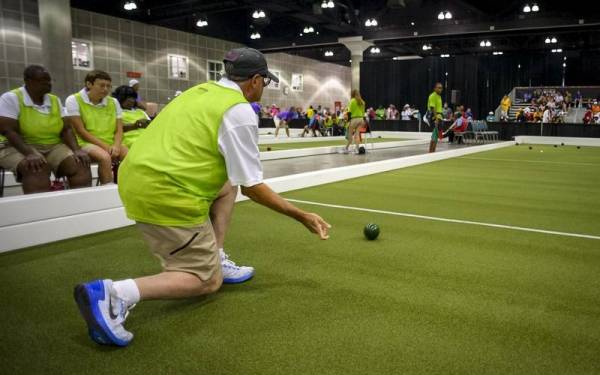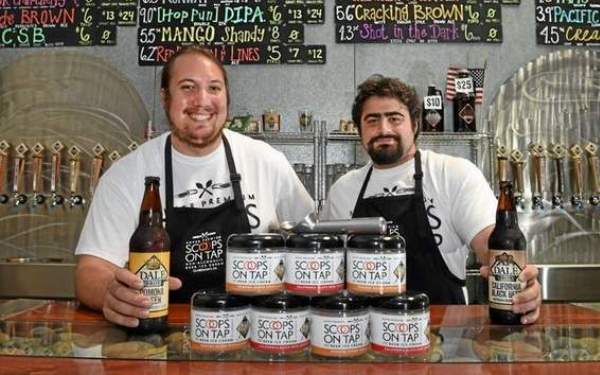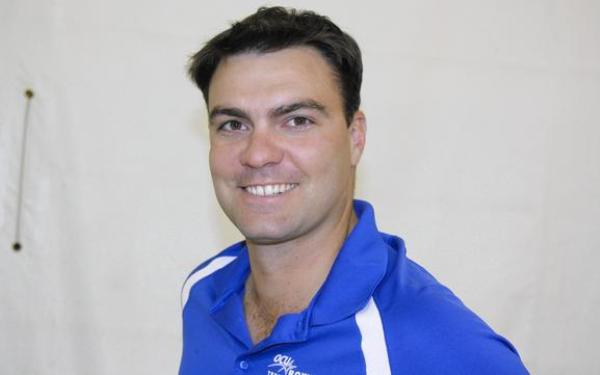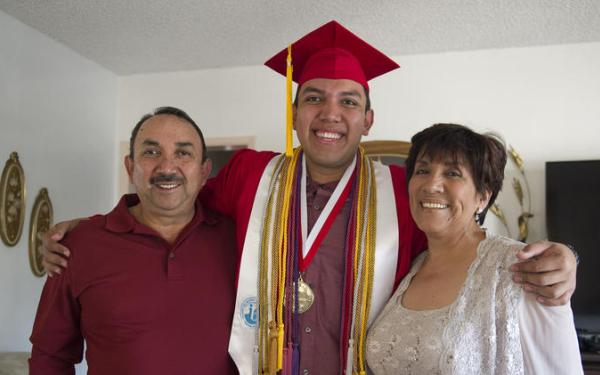But there is another important question being talked about this year: How green is the campus?
“When I go around to different schools, they keep telling me about the new programs they have to make the campus green and eco-friendly,” says prospective USC student, Kimberly Roberts. “It’s definitely something some students are considering now.”
With global climate change concerns becoming a significant social issue, people are growing more aware of how their daily choices affect the environment. They are making choices based on whether or not products and services are earth-friendly, ethically produced and made, recyclable and energy-efficient. In its most basic sense, believing in the three R’s (reduce, reuse and recycle) is what it means to “go green.”
“Taking care of the environment and dealing with issues like global warming are very real, scary issues that we need to take care of now,” says Max Slavkin, vice president of USC’s Undergraduate Student Government.
There is a lot of work to be done before USC can be considered sustainable and eco-savvy. According to the 2008 Sustainable Endowment Institute’s College Sustainability Report Card, USC earned a “C+” on its commitment to environmental sustainability. Though it’s just slightly above average, it’s more than a full letter grade improvement from the “D” the university received in the 2007 report.
“When the university received the report card, it became a state of emergency and they realized they had to do something,” says Camille Dieterle, a USC doctoral candidate in occupational therapy. “So we put a committee together of people from different departments who are volunteering their time and want to help.”
USC created the Operations Sustainability Committee in which teams of students and faculty members evaluate how the university is working toward sustainability. The committee published their first report in January with proposals for additional sustainability measures.
Dieterle is taking another approach to solving the problem. She created Green Lifestyle Redesign™, an eight-week wellness program for USC faculty and students who want to go green.
“The focus is on drawing attention to the link between your personal health and the health of the environment,” Dieterle says. “When people start to realize what the problems really are and how simple some of the personal solutions can be, it’s a win-win situation.”
Each week, Dieterle provides information and suggestions on different topics: waste, food, transportation, chemicals, energy and water consumption, and happiness and nature as stress relievers. She gives participants insight on how to make healthier and more sustainable decisions.
Other student organizations, like Environment 1st and CALPIRG, are also promoting environmental awareness and sustainability on campus. Environment 1st proposed USC’s first on-campus Trojan Fresh Market, which now sells fresh produce and environmentally friendly food for students once a month (the next one is April 24).
With Earth Week just around the corner (April 19-26), USC will see many more opportunities around campus to go green.












